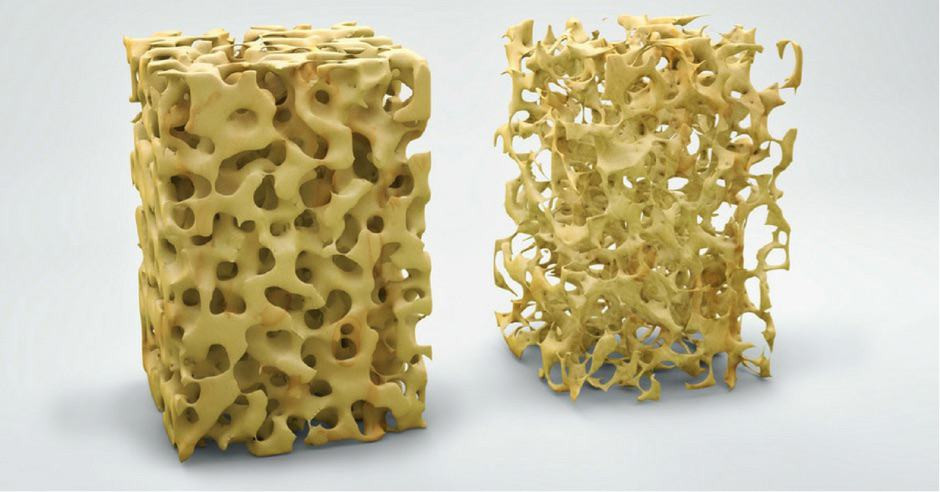

If you do take medication to treat osteoporosis, your doctor can advise you concerning the need for future BMD tests to check your progress. Several effective medications are available to slow – or even reverse – bone loss. Osteoporosis: If you are diagnosed with osteoporosis, these healthy habits will help, but your doctor will probably also recommend that you take medication. In some cases, your doctor may recommend medication to prevent osteoporosis.

Your doctor will want you to develop – or keep – healthy habits such as eating foods rich in calcium and vitamin D and doing weight-bearing exercise such as walking, jogging, or dancing.

A T-score of −2.5 or lower indicates that you have osteoporosis. A T-score between −1 and −2.5 indicates that you have low bone mass, although not low enough to be diagnosed with osteoporosis. The more standard deviations below 0, indicated as negative numbers, the lower your BMD and the higher your risk of fracture.Īs shown in the table below, a T-score between +1 and −1 is considered normal or healthy. Differences between your BMD and that of the healthy young adult norm are measured in units called standard deviations (SDs). A score of 0 means your BMD is equal to the norm for a healthy young adult. Most commonly, your BMD test results are compared to the bone mineral density of a healthy young adult, and you are given a T-score. Although no bone density test is 100-percent accurate, the BMD test is an important predictor of whether a person will have a fracture in the future. What does the test do?Ī BMD test measures your bone mineral density and compares it to that of an established norm or standard to give you a score. These tests are often used for screening purposes and can help identify people who might benefit from follow-up bone density testing at the hip and lumbar spine. Peripheral bone density tests measure bone density in the lower arm, wrist, finger or heel. World Health Organization definitions based on bone density levels.The test can measure bone density at your hip and lumbar spine. It is painless – a bit like having an x-ray. The most commonly used BMD test is called a central dual-energy x-ray absorptiometry, or central DXA test. The test can identify osteoporosis, determine your risk for fractures (broken bones), and measure your response to osteoporosis treatment. A bone mineral density (BMD) test can provide a snapshot of your bone health.


 0 kommentar(er)
0 kommentar(er)
